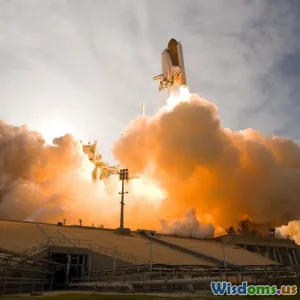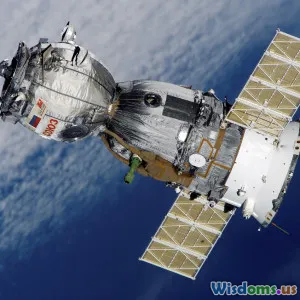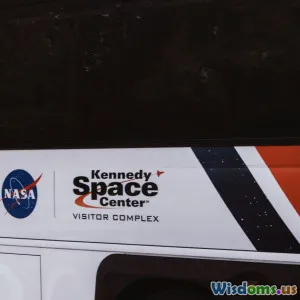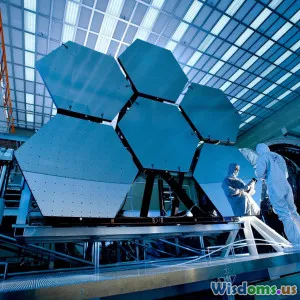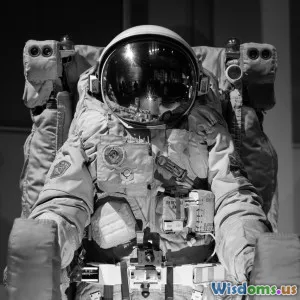
How SpaceX Crew Dragons Changed Astronaut Missions
14 min read Discover how SpaceX Crew Dragon revolutionized astronaut missions with innovations in safety, accessibility, and commercial spaceflight. (0 Reviews)
How SpaceX Crew Dragons Changed Astronaut Missions
For decades, sending humans into space was synonymous with government-run spacecraft and international collaborations guided by stringent rules, limited upgrades, and high costs. The arrival of SpaceX’s Crew Dragon upended that tradition, introducing a new era of orbital travel marked by swift innovation, fresh operational models, and broader participation. But how have these advanced capsules truly transformed astronaut missions?
Revolutionizing Crew Launch Logistics and Access
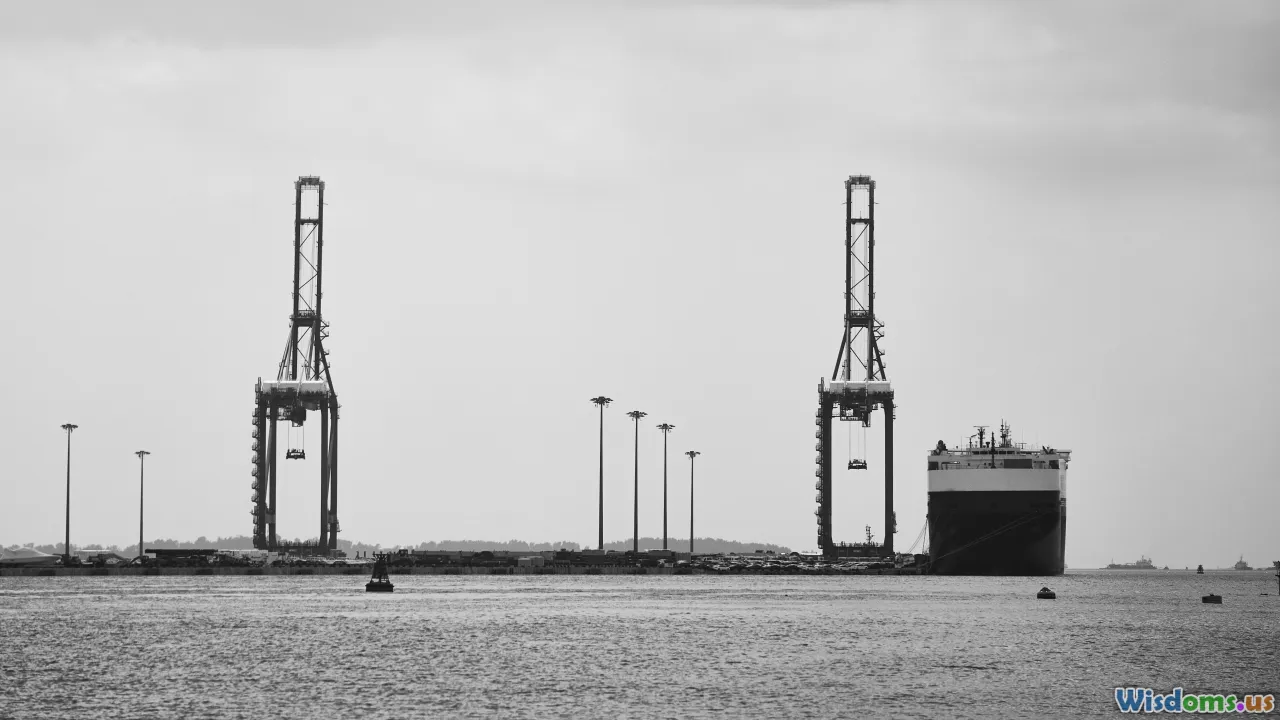
Before Crew Dragon, American astronauts heavily relied on Russian Soyuz rockets to reach the International Space Station (ISS) after the final Space Shuttle mission in 2011. Booking a seat meant lengthy negotiations, limited flexibility, and costs approaching $90 million per launch. With the 2020 Demo-2 mission, Crew Dragon reestablished independent launch capabilities for the United States — but with a modern twist.
Rather than utilizing legacy launch infrastructure from the Shuttle Era, SpaceX built streamlined, digital-first control rooms and pre-launch protocols at Kennedy Space Center’s historic Pad 39A. The company’s vertical integration—designing both rocket and spacecraft—ensured tighter timelines and more predictable costs. For example, Crew Dragon’s quick turnarounds help maintain a regular cadence of missions, significantly advancing the accessibility of low-Earth orbit.
An example: After launching Demo-2 in May 2020, SpaceX was preparing Crew-1 just six months later, a remarkable pace compared to traditional government mission intervals. Moreover, NASA estimated that each recurring Crew Dragon seat would cost nearly half that of a Soyuz, demonstrating how private involvement has made spaceflight more scalable and budget-friendly.
Upgrading Crew Safety With Modern Technologies

Crew safety always underlies spacecraft design, but Crew Dragon introduced palpable, modern advances previously unseen in orbital capsules. The streamlined cabin seats up to seven astronauts (although NASA missions typically fly four) in a pressurized, climate-controlled environment.
Gone are labyrinthine mechanical control panels: Crew Dragon features clean glass cockpit touchscreens, allowing astronauts to monitor spacecraft health and—even manually control maneuvers—with intuitive, software-based interfaces. Not only do these innovations improve usability, but they also reduce risks posed by mechanical failures typical in analog systems.
A game-changer for abort scenarios: SpaceX’s integrated launch escape system is fully embedded in the spacecraft sidewalls, not in a separate rocket tower. When activated, powerful SuperDraco engines can rapidly separate the crew capsule and propel it away from danger, a system that has already aced rigorous static and in-flight abort tests—a marked upgrade over shuttle or Soyuz escape protocols.
Furthermore, fire-retardant materials, unique pressure-suited designs by SpaceX, and extensive sensor telemetry let ground teams and astronauts receive richer, real-time data, bolstering mission safety from suit-up to splashdown.
Streamlining Astronaut Training and Autonomy
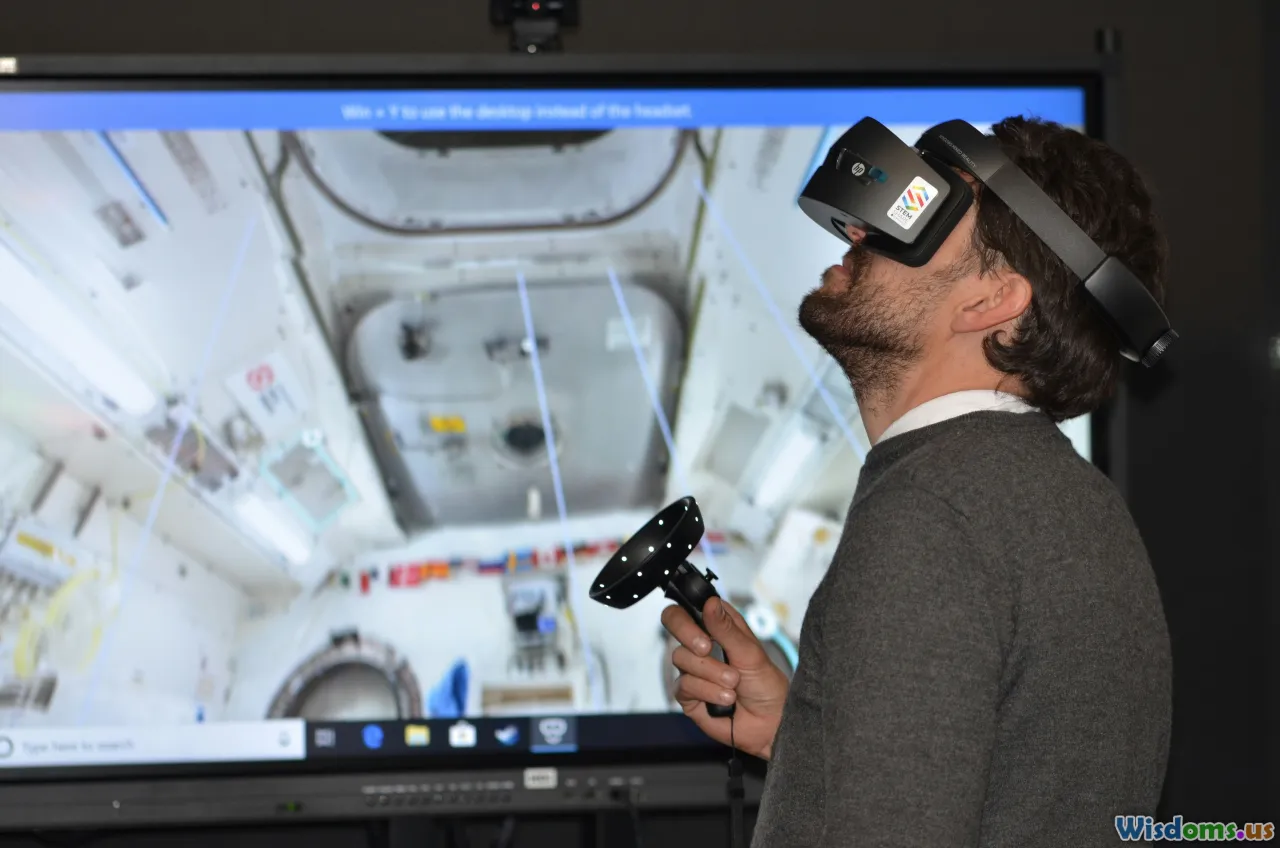
Decades ago, preparing for spaceflight was a highly specialized, time-consuming affair, with lengthy, hands-on practice using elaborate mock-ups and countless manual checklists. With Crew Dragon’s digitized systems, astronaut training has become far more efficient and accessible.
Astronauts now train using highly realistic simulators that perfectly mimic the look and feel of Crew Dragon’s cabin and control interfaces. SpaceX’s software-driven approach means trainees learn normal and emergency procedures through advanced, immersive systems—a boon for learning muscle memory and decision protocols in high-stress situations.
The result? Mission preparation cycles have shortened. For Crew-1, a multicultural team of NASA, JAXA, and ESA astronauts completed training in record time, remarking favorably on the ease of transitioning from simulation to real spacecraft. Thanks to Crew Dragon's inherent automation, human operators typically monitor and supervise, stepping in only to override with manual controls if required. This blend of safety nets and streamlined procedures not only enhances crew preparedness but widens participation because future crews won’t necessarily need to have fighter pilot or test engineer backgrounds.
Expanding Science and Collaboration in Microgravity
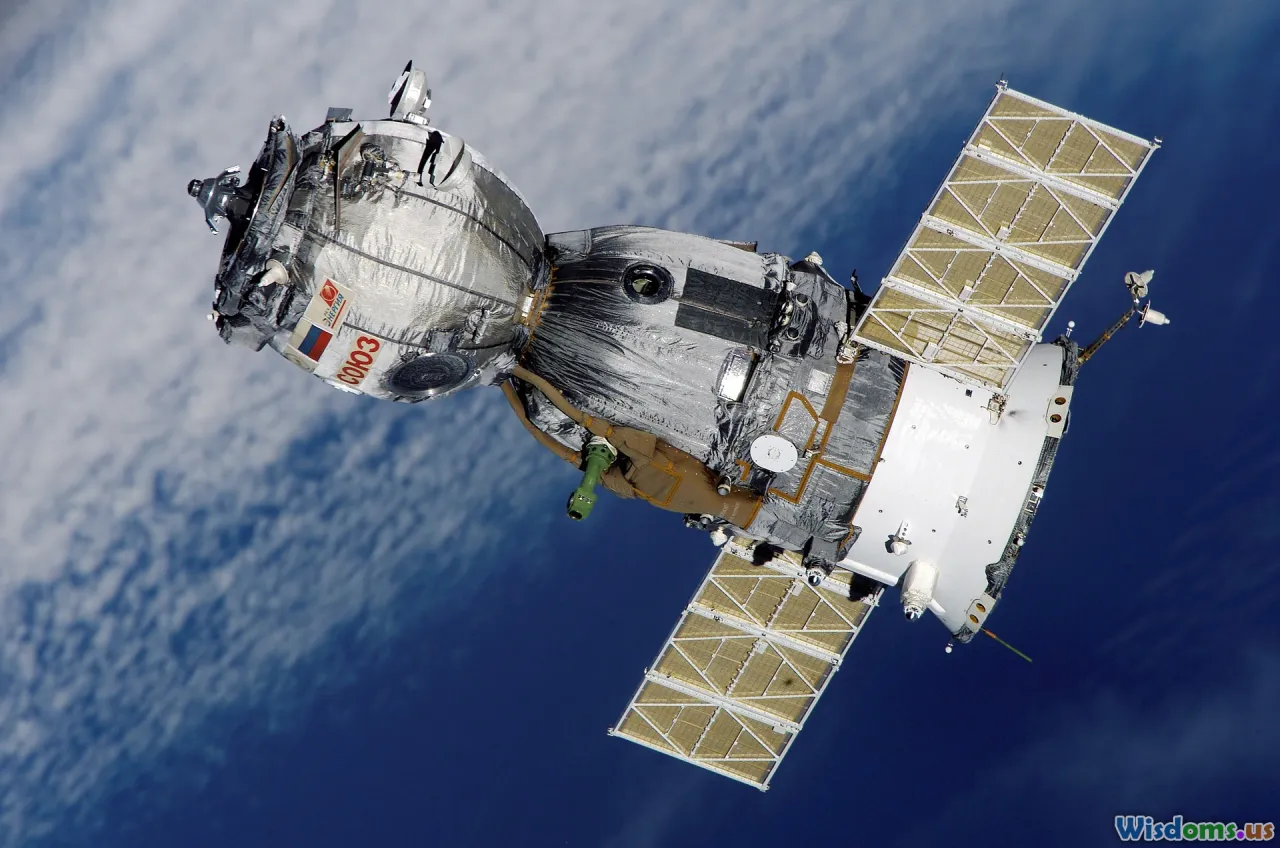
A major impact of Crew Dragon missions has been their ability to transport groups of diverse experts to the ISS more efficiently. Larger, more frequent crews mean NASA, ESA, Roscosmos, and international partners can schedule longer science campaigns, swap out specialized investigators mid-experiment, and even bring experiments directly to and from orbit with more flexibility.
Examples abound: The SpaceX Crew-2 mission (April 2021) transported Thomas Pesquet (ESA), Akihiko Hoshide (JAXA), and American astronauts Megan McArthur & Shane Kimbrough—each bringing unique hardware and biological studies. NASA’s focus on regenerative medicine, tissue chips, and autonomous robotics accelerated, while international crewmates advanced microgravity materials research, Earth observation, and deep-space habitability studies.
Frequent crew rotations courtesy of Crew Dragon have also facilitated new collaborations with commercial and academic partners. In May 2023, Axiom Space launched Ax-2 aboard Crew Dragon, delivering private astronauts and enabling wholly non-governmental microgravity research—a pivotal leap in broadening access to orbital laboratories.
Private Astronauts and the Rise of Commercial Missions
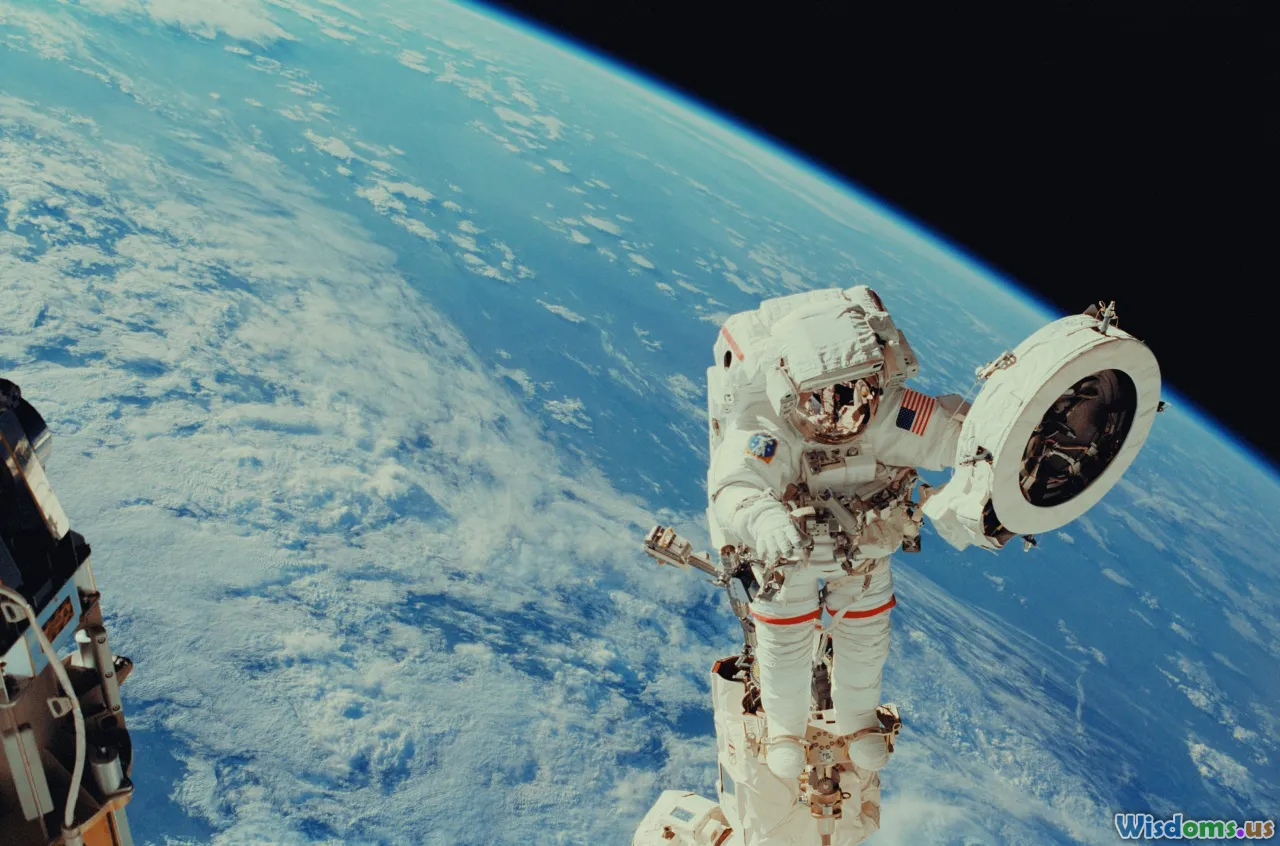
SpaceX Crew Dragon didn’t just revolutionize government missions; it cracked open orbital travel to private crews. No longer restricted to elite government astronauts, civilian and commercial fliers can now charter spacecraft for bespoke missions.
This was illustrated by 2021’s historic Inspiration4 flight, where four private citizens orbited Earth for three days without docking to a station—raising millions for charity, conducting science, and sharing their perspectives via live broadcasts. Crew Dragon’s flexible configuration meant it could support all-civilian crews or specialized customers, enabling short tourism flights, longer-duration private missions, and direct contracts with non-government space agencies.
The technology’s modular design even opens doors to media events, film shoots, and commercial science. With partnerships with entities like Axiom Space and Polaris Dawn, future missions will regularly include researchers, artists, and entrepreneurs, all retrained using Crew Dragon’s simulators and procedures. NASA’s “Crew Commercialization” roadmap identifies SpaceX’s progress as key to fostering a sustainable, thriving space economy.
Lessons in Rapid Iterative Development and Cost Reduction
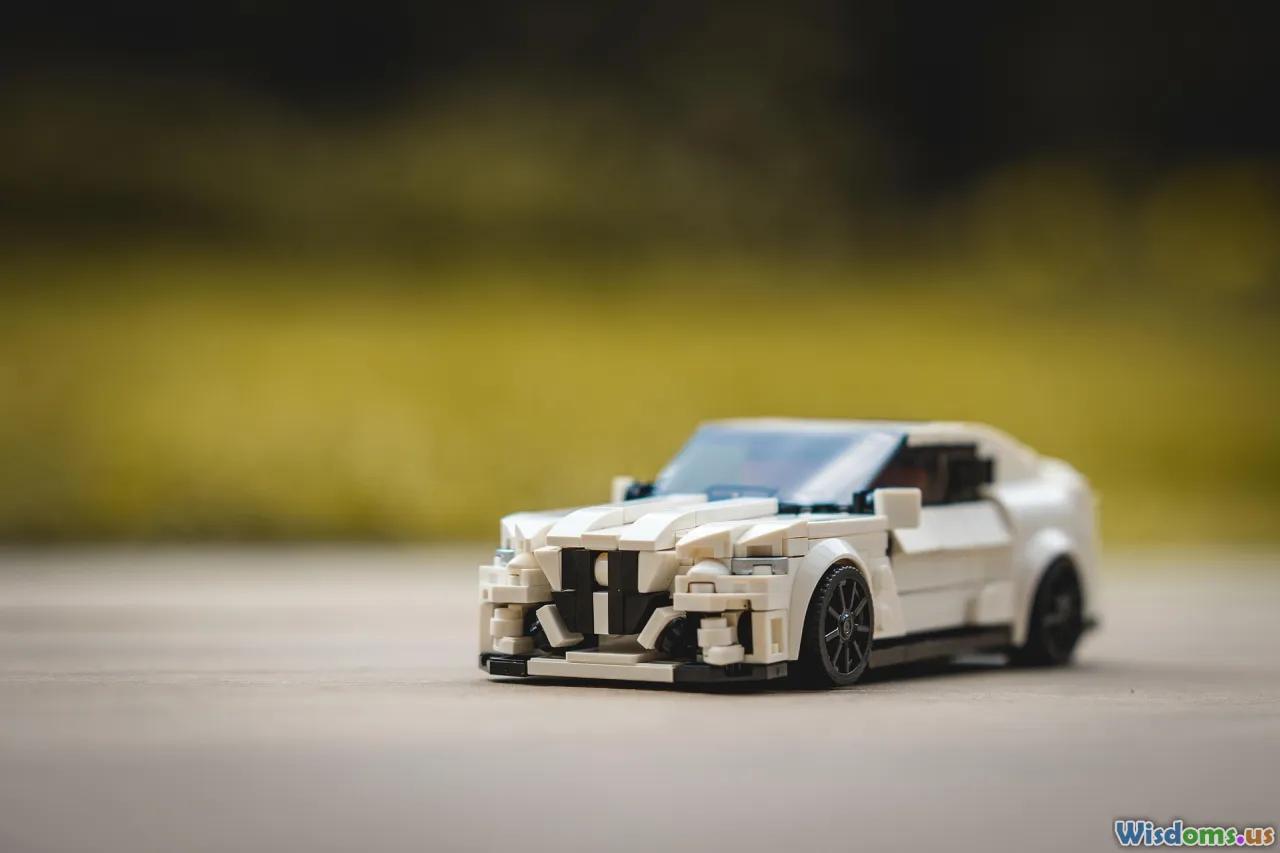
Unlike the legacy shuttle or Soyuz programs, Crew Dragon evolved through a Silicon Valley iteration mindset. SpaceX’s engineering team shipped hardware quickly, amassed flight data from every mission, and promptly upgraded components.
For instance, the Crew-1 spacecraft was visibly different from Demo-2: improved solar arrays, modified guidance algorithms, and more robust heat shield tiles were incorporated based on both pre-launch tests and actual mission feedback. The result is a vehicle that continually becomes safer, more reliable, and lower-cost to produce with each generation.
NASA’s public cost projections show a launch price reduction of over 50% compared to retirement-era shuttle launches. This combination of speed, value, and adaptability has forced even huge incumbents like Boeing to reconsider development schedules for their own commercial crew programs.
The cadence of upgrades is so rapid that it allows NASA to spec missions for a variety of cargo, duration, and destination, from ferrying crew to station to deploying cubesats, or even envisioning free-flying orbital outposts in future years.
Cultural Shift: Normalizing Space Travel

If an astronaut launch once captured global headlines as an ultra-rare event, Crew Dragon’s repeat cadence is changing perceptions. Between 2020 and 2024, SpaceX has conducted a dozen Category 1 certified crewed launches, cultivating a reliability record and public familiarity not seen since the heyday of Apollo or the Shuttle program.
Crewed flights—with astronauts seen arriving in Teslas dressed in designer space suits, walking a blue carpet, or updating social media from space—have normalized the image of space travel. For the first time, astronaut families can watch return landings off Florida’s coast live, rather than wait for long, hazardous descents and weeks of debriefing. Rapid post-flight checkouts mean crews reunite with loved ones within hours—not days—of splashdown.
By making astronaut travel routine, Crew Dragon also supports NASA and ESA outreach, school programs, live Q&A with classes, and expanded science communication. The shift from rare spectacle to regular operation both demystifies space and inspires the next generation of potential travelers.
Universal Lessons for Future Spacecraft

As NASA eyes the Moon and Mars, lessons from Crew Dragon are being baked directly into the next wave of human-rated spacecraft including SpaceX’s own Starship. The digital flight deck, rapid abort systems, modular interior, and focus on safe reusability are influencing Moon landers, deep space habitats, and future crew vehicles.
Moreover, the collaborative public-private contracting used in Crew Dragon’s development modeled not just better project management, but also smarter risk-sharing strategies—agencies are now sponsors and anchor clients rather than sole technical overseers. This framework has energized startups and global partners to envision new architectures for space exploration well beyond low-Earth orbit.
With data-rich diagnostics and software-defined controls, spacecraft of the 2030s are expected to field even greater autonomy, safety, and upgradeability—inherited directly from Crew Dragon’s template.
In redefining crewed spaceflight, SpaceX’s Crew Dragon has become a proven catalyst—demonstrating how rapid engineering, customer focus, and broad access can make orbit routine. From the crews who ride it to the audiences who follow their journeys, every mission nods to a future where travel between worlds could be as approachable as crossing oceans—a truly new launchpad for humanity.
Rate the Post
User Reviews
Other posts in Space Exploration
Popular Posts










